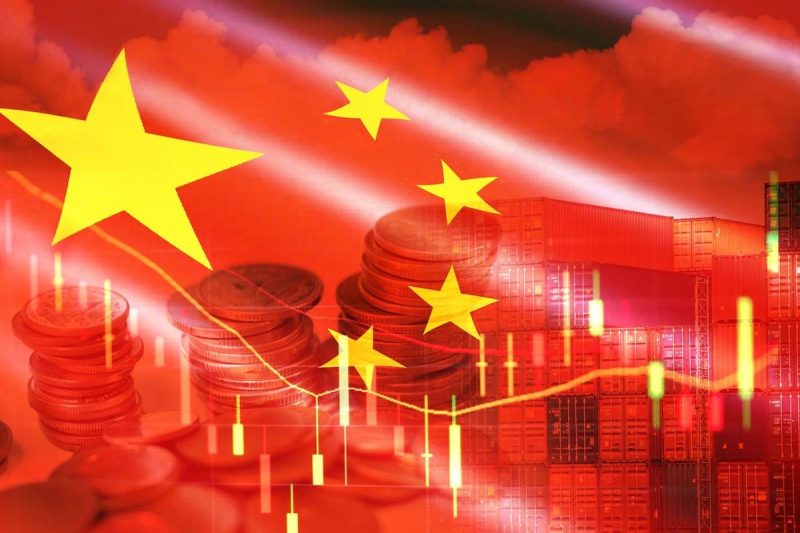The recent announcement of China’s ambitious US$1.4 trillion debt relief package aimed at helping developing countries could potentially have significant implications for the global copper market. As one of the most widely used industrial metals, copper plays a crucial role in various sectors, including construction, electronics, and renewable energy. The surge in demand for copper resulting from China’s economic initiatives has the potential to stimulate growth in the copper market and lead to substantial opportunities for investors and stakeholders.
China’s debt relief package encompasses a wide range of projects, including infrastructure development, energy projects, and technological advancements in the participating countries. Given that copper is an essential component in these areas, the increase in demand for the metal is a logical consequence of these initiatives. With China being the world’s largest consumer of copper, any significant shift in its economic policies is bound to have a profound impact on global copper prices and demand.
The anticipated surge in copper demand is expected to benefit major copper-producing countries such as Chile, Peru, and Australia. These nations rely heavily on copper exports to fuel their economies, and a substantial increase in demand could lead to higher revenues and economic growth. Furthermore, the rise in copper prices resulting from increased demand could also incentivize mining companies to ramp up production and exploration activities, further driving growth in the industry.
In addition to the direct impact on copper producers, the uptick in copper demand could also create ripple effects across various other sectors. The construction industry, for instance, is a major consumer of copper for wiring, piping, and other applications. An increase in infrastructure projects driven by China’s debt relief package could lead to a surge in copper consumption in the construction sector, benefiting copper suppliers and related industries.
Moreover, the growing focus on renewable energy sources, such as wind and solar power, is another factor that could fuel copper demand. Copper is a vital component in renewable energy technologies, including solar panels, electric vehicles, and batteries. As countries shift towards cleaner energy sources to meet their climate goals, the demand for copper is expected to increase significantly, presenting a lucrative opportunity for copper producers and investors.
While the potential benefits of China’s debt relief package on copper demand are promising, there are also challenges and uncertainties that need to be considered. Fluctuations in global economic conditions, trade tensions, and geopolitical factors could all impact the implementation and outcomes of China’s initiatives. Additionally, environmental and sustainability concerns surrounding copper mining and production could pose challenges in meeting the rising demand for the metal in a responsible manner.
In conclusion, China’s US$1.4 trillion debt relief package has the potential to act as a significant tailwind for copper demand on a global scale. The surge in copper consumption driven by infrastructure projects, technological advancements, and renewable energy initiatives could create opportunities for copper producers, suppliers, and investors. However, navigating the complexities and uncertainties associated with increased demand for copper will require proactive strategies and sustainable practices to ensure long-term growth and stability in the copper market.

